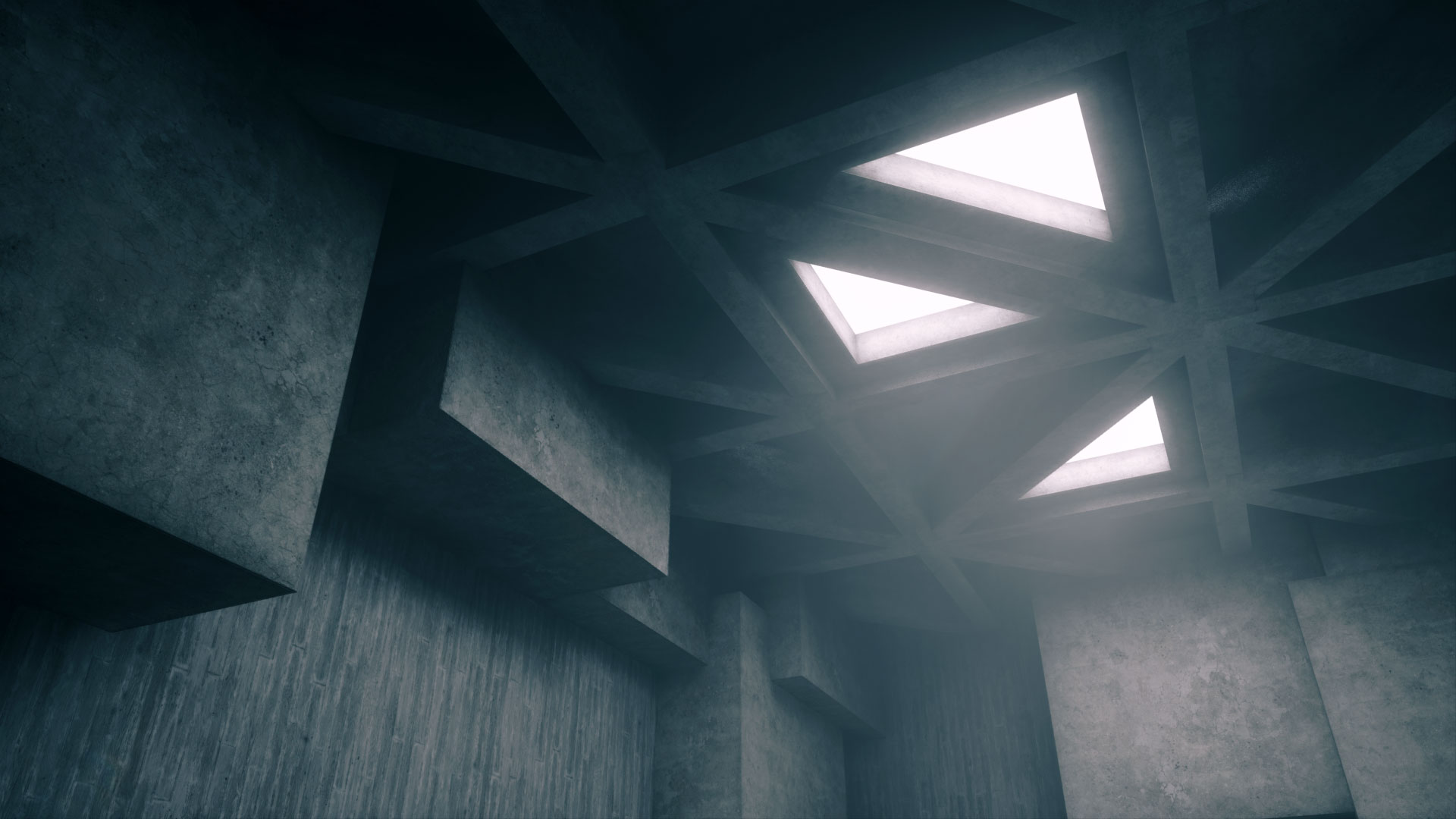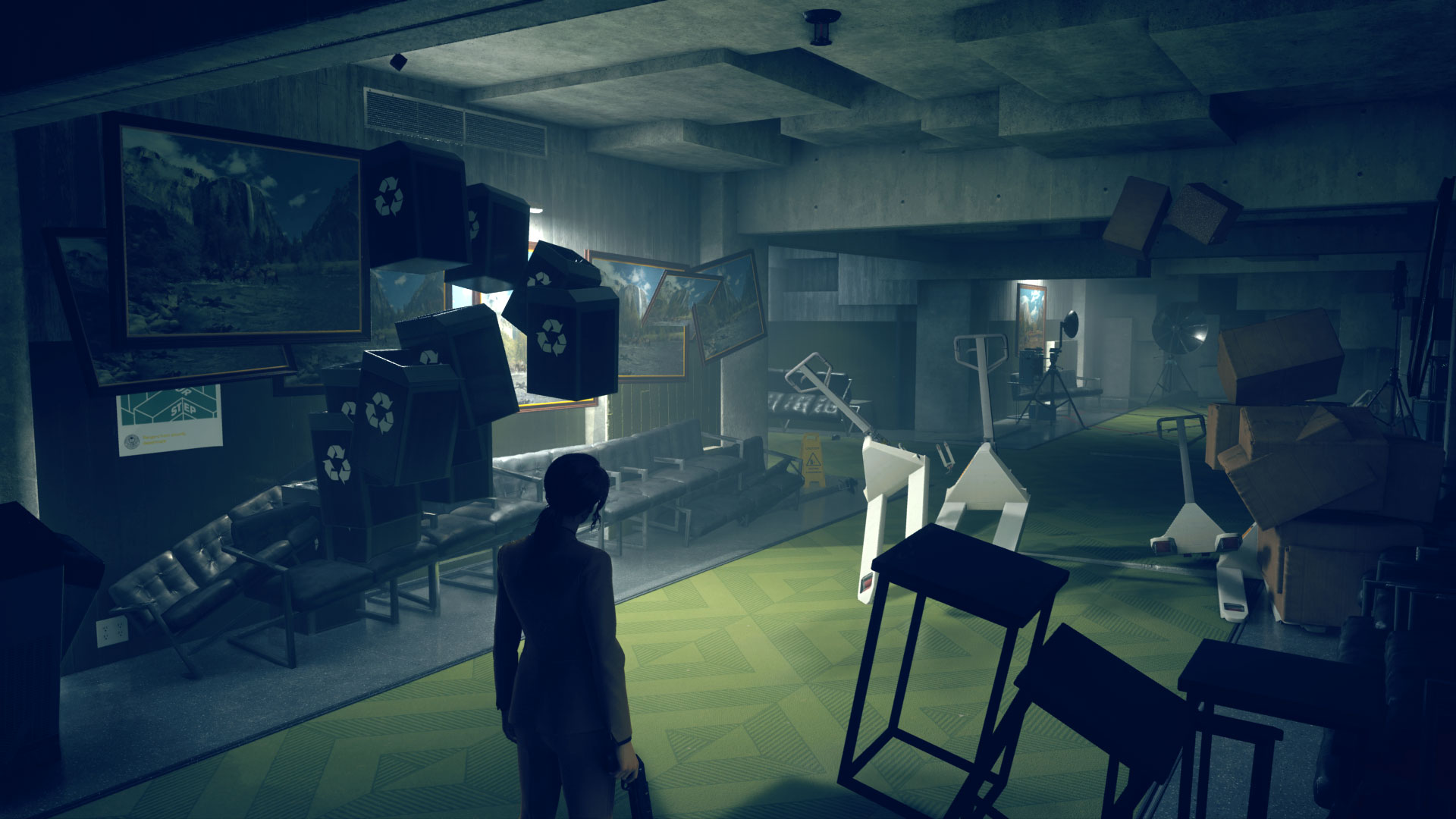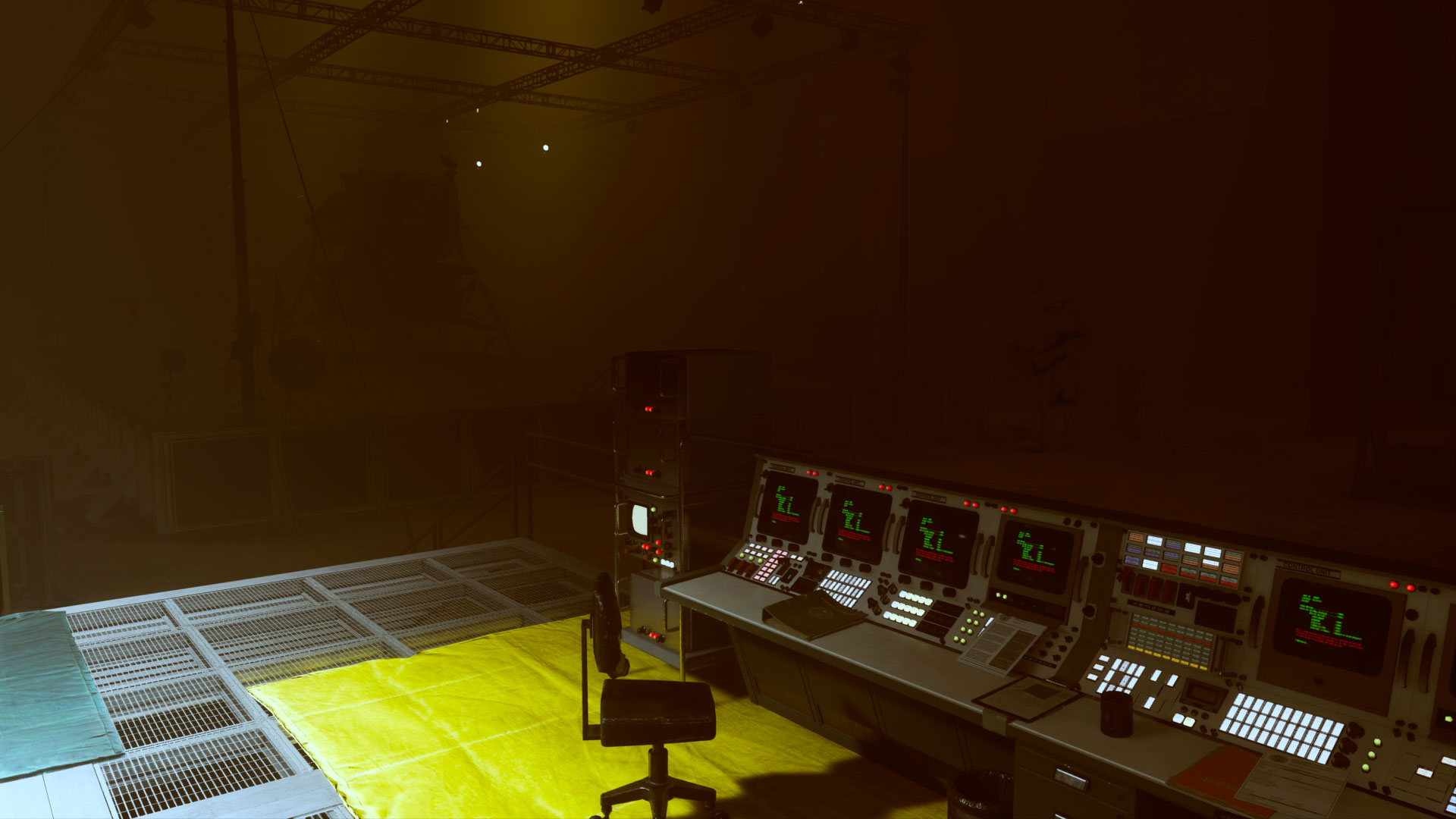Control: AWE cements the Oldest House as one of gaming’s greatest settings
With its shifting slabs of concrete, the Oldest House is a brutalist skyscraper waiting to be explored

Entering The Oldest House in Control is a real through the looking-glass moment. The brutalist skyscraper appears less like a functional building, and more like a labyrinth designed by M.C. Escher. It doesn’t take long to see that the place is special. Whether it’s the Giant Redwoods growing in an atrium, or just a grey concrete wall, it all looks brilliantly striking. This is one of the first games where a screenshot of something as simple as a floor or ceiling looks like it could’ve been pulled straight from the pages of a hardback on architectural photography.
A vast interior haunted by an exterior force, the Oldest House is an utterly immeasurable place. Like the building from Mark Z. Danielewski’s House of Leaves, which served as a key inspiration, the Federal Bureau of Control’s HQ can never be fully mapped out. In the latest expansion, AWE (or if you prefer, the “Alan Wake Expansion”), the Oldest House has mysteriously sprouted a whole new wing.

The 'Investigations Sector' is home to a new, semi-autonomous Bureau unit dedicated to the examination of 'Altered World Events' (aka the AWE). The new sector has long been lost, having been shuttered two years before the events of the main game. The abandoned offices don’t look too dissimilar to many other areas of the Oldest House, and are certainly less of a departure than the expansion before, which had you levitating around cavernous foundations. But, while the Investigations Sector sees the return of some very familiar-looking rooms, it’s also just a great reminder of how wonderful the Oldest House is.
There are some subtle differences introduced by the new sector. Together they cement the Oldest House as one of gaming’s great settings. Probably the first thing you’ll notice is how dark these new areas are. You’re instantly fumbling around dimly lit office cubicles for case files in order to shed light on the situation, and it’s great to be able to more carefully rifle among the various props, as they’ve always been impeccably designed. In Control, a chair is never just a chair. Instead, they’re design classics by Charles and Ray Eames, built for New York City’s luxurious executive offices - they’re magazine-worthy and need to be screenshotted.
Light and dark

One of the first large rooms you’ll come across sees the return of the wall-sized world map from the original game’s Logistics area, a nod to the 'War Room' from Stanley Kubrick’s Dr. Strangelove as well as various other Cold War-era command rooms. These kinds of spaces look great in the dark, with the rows of consoles beautifully lit by desk lamps and computer terminals that beam into the blackness. The Bureau's smoky offices are all enhanced by this style of low-key lighting. Instead of spaces being fully illuminated, most of the rooms in AWE contain just a few key light sources. While the sources are limited, they’re also powerful - singular ceiling panels that glare down at you, bold floodlights that’ll force you to squint, and the ominous green glow of various CRT screens.

How the Control AWE DLC links to Alan Wake and the Remedy Connected Universe
All of this darkness fits perfectly alongside AWE’s story, that sees the shadow monsters from Remedy’s Alan Wake slowly seeping into the world of Control. As much of the Investigations Sector is closed off or shut-down, many areas start in complete darkness and need to be slowly brought back to life with some minor power core-based puzzling. The expansion also involves telekinetically lifting portable security lamps around in order to burn shadows away from doorways and thresholds - working in a similar fashion to Alan Wake’s torch. Essentially, there’s a lot of darkened areas that then light up, casting lots of dramatic shadows and creating a kind of high-contrast chiaroscuro effect. Control’s brand of New Weird has always come with shades of horror, but in AWE, this terror is given much more space to bloom.
The Oldest House looks as striking in the dark as it does fully lit, and the new shadowy-areas more immediately connect us to the explicit horror and noir elements present in Alan Wake.
Weekly digests, tales from the communities you love, and more

Some of the new AWE areas are also an intensification of the chaos and asymmetry inherent to the Oldest House. We see this in the base game, where an environment’s lighting is red and its smooth concrete surfaces have been jumbled up, all before we come along to “cleanse” the area and bring everything back into balance. While a lot of the original setting had a strict order to it, the Investigations Sector is much more of a mess. The area has been abandoned for years, and so generally things have been left in disarray, but there’s also a lot of chaos that comes through in the architecture itself. As opposed to the base game’s rigid rectangles - take a look at the different area’s coffered ceilings, for example - new locations are far more aggressive and triangular in form.
Between the larger rooms that house the various Altered World Objects, lots of the new sector’s corridors and hallways have been unevenly warped and shifted. The Oldest House has this ability to be in flux, moving and reconfiguring itself on the go, but there are also locations here that appear almost glitchy. In one corridor objects seem to recur, doubling up, and slowly drifting off into the air and through walls. Other parts of the building are entirely irrational, with staircases that lead nowhere and doorframes eternally lodged in walls. It’s a big, disorderly mess, and I love how that comes through in the structural form of the House itself, as well as simply in the office clutter left behind on carpets and desks.

The Oldest House’s amorphous nature is undoubtedly a massive boon. The setting can be almost endlessly added to, evolved, and kept fresh and exciting. Of course I’m eager for Remedy to move on to new things and build entirely new settings, but for me, Control: AWE has cemented the Oldest House as one of gaming’s great settings. Whether its offices and halls are clean and orderly or a chaotic mess, brightly lit or in darkness, it feels like my House now, and I don’t want to leave.
Ewan Wilson contributes long-form, in-depth features, interviews, and reviews to a variety of publications. While you can frequently find him waxing lyrical about the intersection between video games and architecture here at GamesRadar+, he has also contributed to outlets like Edge magazine, Eurogamer, NME, Polygon, VICE, The Verge, Wireframe magazine, and so many more. His words can also be found in the fantastic gaming architecture zine Heterotopias.


